
Chemical Process - Engineering
Q1: Fatty material used in soap making isA fatty acid
B fatty alcohols
C tallow
D detergents
ANS:C - tallow The fatty material used in soap making is tallow. Tallow is a fatty material used in soap making, derived primarily from the fat of cattle or sheep. Here’s a detailed explanation: What is Tallow?
Role in Soap Making:
Advantages of Using Tallow:
Summary:Tallow plays a significant role in soap making due to its unique fatty acid profile, contributing to the quality, texture, and performance of the final product. |


For help Students Orientation
Mcqs Questions
One stop destination for examination, preparation, recruitment, and more. Specially designed online test to solve all your preparation worries. Go wherever you want to and practice whenever you want, using the online test platform.

